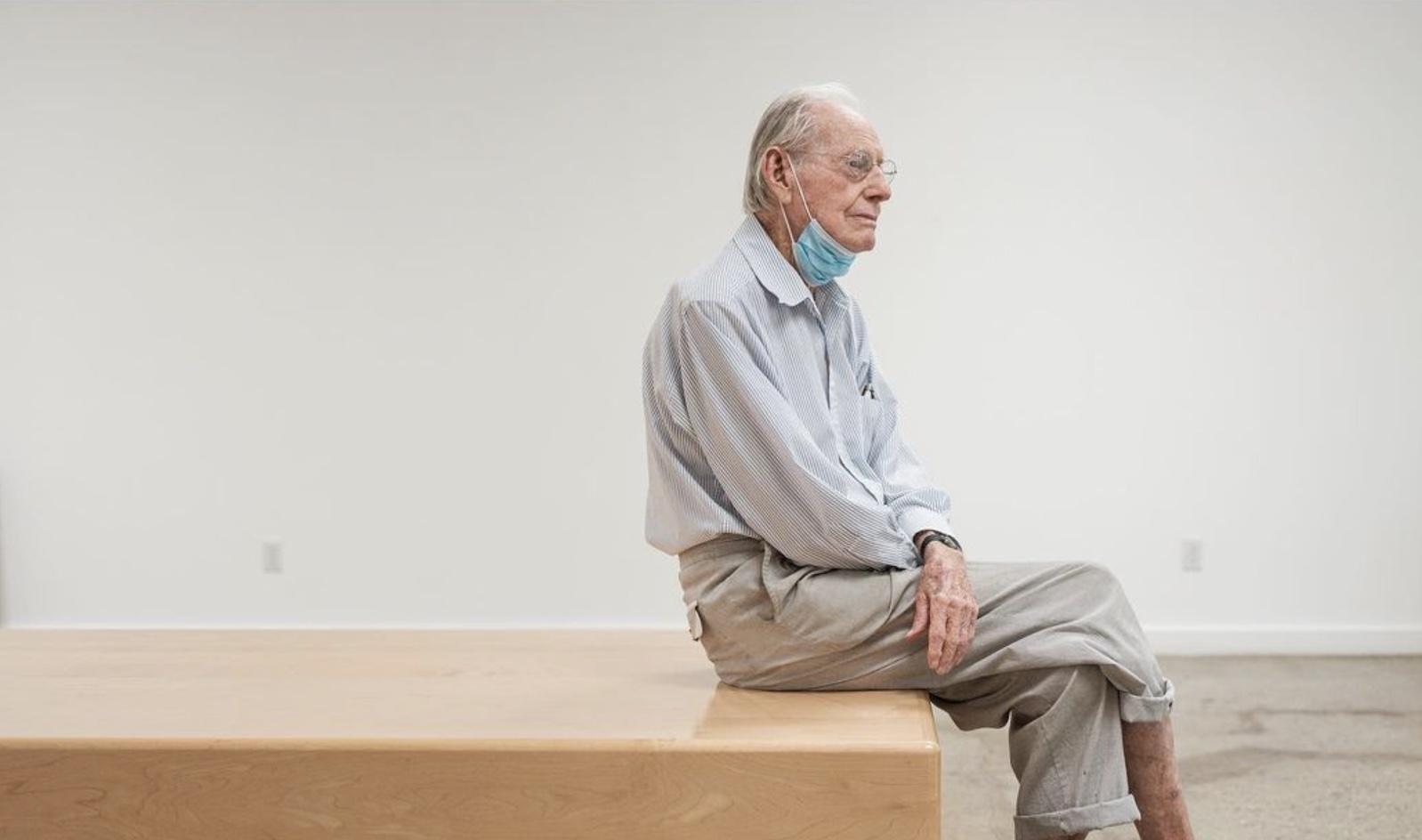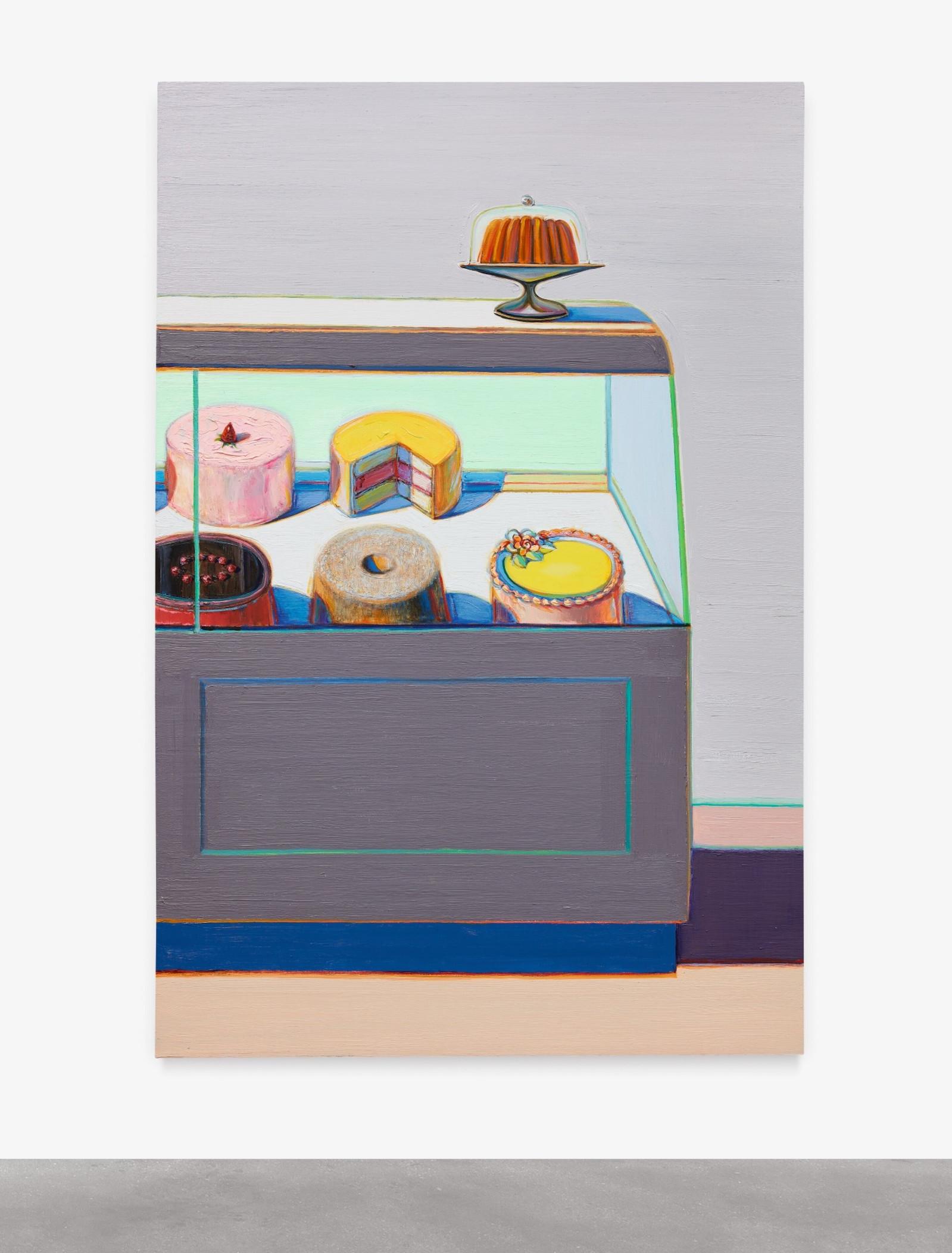
Photo of Wayne Thiebaud taken by Max Whittaker, Posted by Acquavella Galleries.
In November 2020, we published a story on the then freshly one-hundred-year-old Wayne Thiebaud and his continued painting practice.
Former Art & Object managing editor wrote, “The great American artist Wayne Thiebaud turns one hundred on Sunday, and he seems unfazed. Having begun his work as an artist as a teenager, Thiebaud has had over eighty years to hone his craft, but that doesn't mean he has any plans to rest on his laurels.”
Today, we’d like to take a moment and look back at the life and art of the legendary Thiebaud, who unfortunately passed away this Christmas.
One of this author’s favorite artists of all time, Thiebaud is perhaps best known for the manner in which he cannily straddled the realms of fine and commercial art. His shimmering paintings of confections, gumball machines, and sometimes clowns exemplify his understanding of color theory and the power of a choice brushstroke.
Thiebaud was inspired by and connected to artists like De Kooning and Josef Albers, who were key members of the Abstract Expressionist movement. Although this is evident in the artist's work, many viewers over the years have been blind to it, often too focused on the artist’s choice of subject matter.

Wayne Thiebaud, Encased Cakes, 2010-11. Estimate: 6,000,000 - 8,000,000 USD. Sold: 8,464,800 USD.
The Guardian’s Charles Darwent observed in the artist’s obituary that Thiebaud’s paintings are “shaped by such modernist concerns as mark-making and the disposition of forms on a grid. That the grid happens to be a diner display cabinet and the marks of Thiebaud’s paint those of gooey pie filling is only part of the story.”
Something in his work simply speaks to the visually inclined. Perhaps it is his use of “halation,” a term created by the artist to describe a technique he discovered and fell in love with by accident. After botching a painting of pie, Thiebaud restarted and, when it came time to paint the top triangle of filling, he left some of his blue and yellow under-drawing visible.
According to stories of this moment and the artist’s telling of it, it sounds like the effect was rather instant. Darwent called it an “orange shimmer.”
In any case, Thiebaud’s work has continued to climb in popularity and value at auction over the last several years. His last record-setting sale was of Four Pinball Machines in 2020. The 1962 artwork went for $19,135,000.
His standing record prior to that was made in 2019 via the $8,464,800 sale of Encased Cakes (2010-11). It would be shocking if this trend did not continue or accelerate now that he is no longer with us.
The Sacramento-based Crocker Art Museum, which has hosted an exhibition of Thiebaud’s work every year since 1951, took to the internet a few days after his passing to express condolences and a commitment to continue to share his work with the world.
























